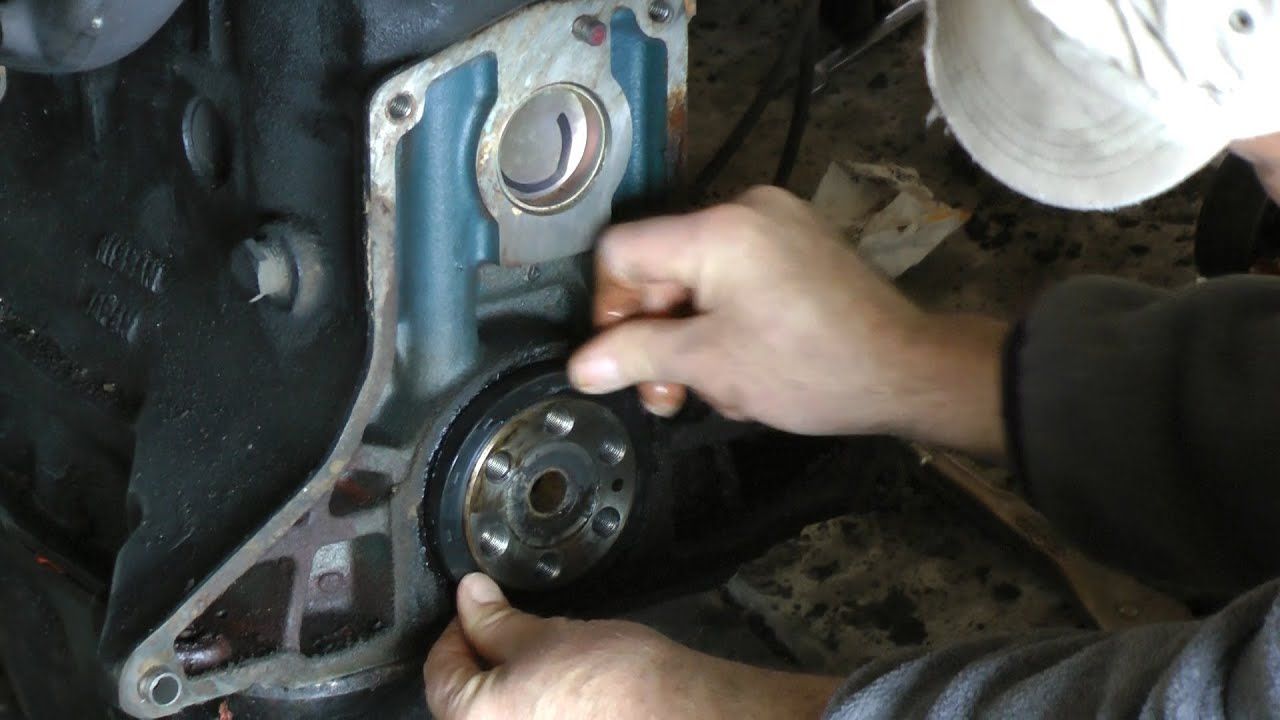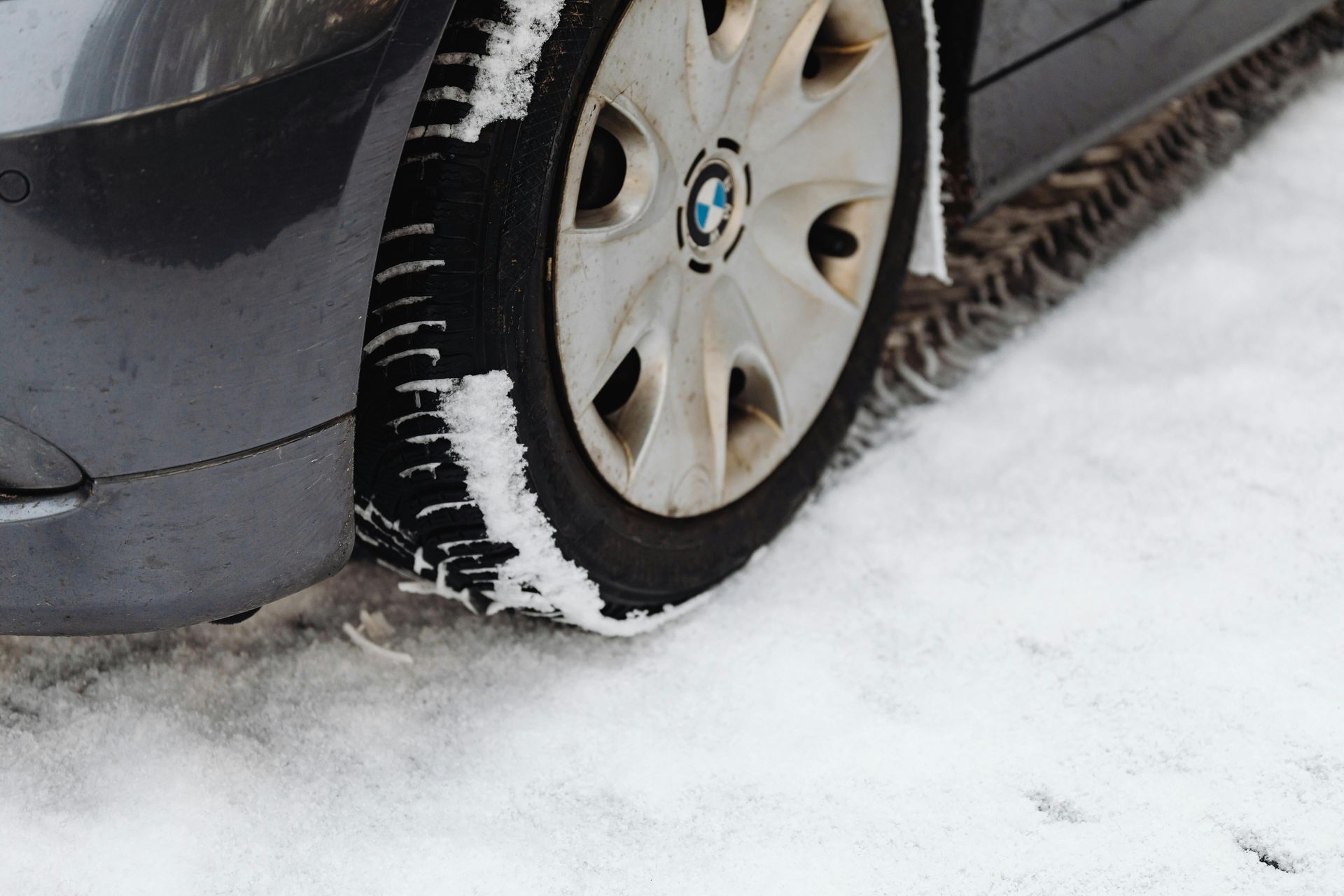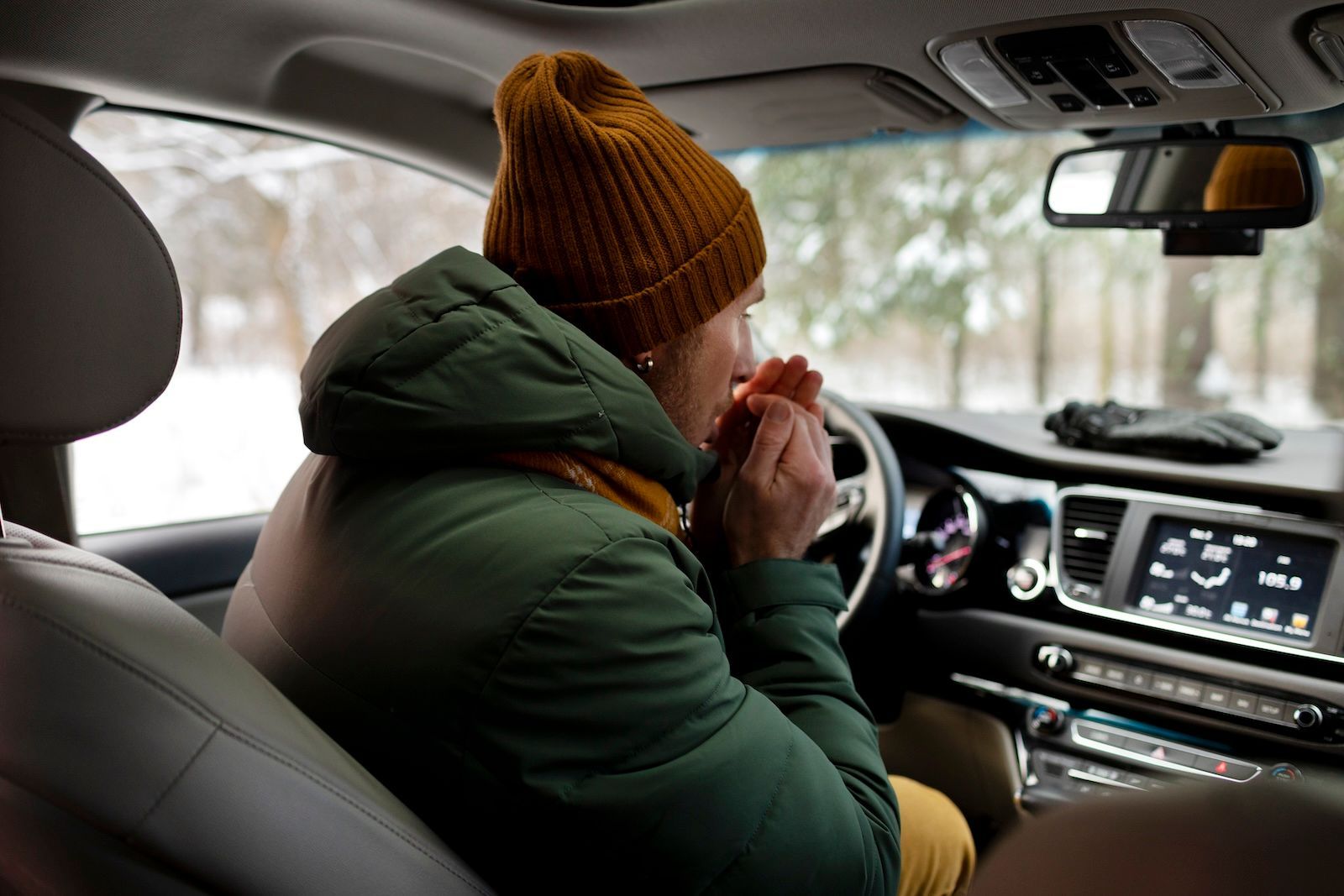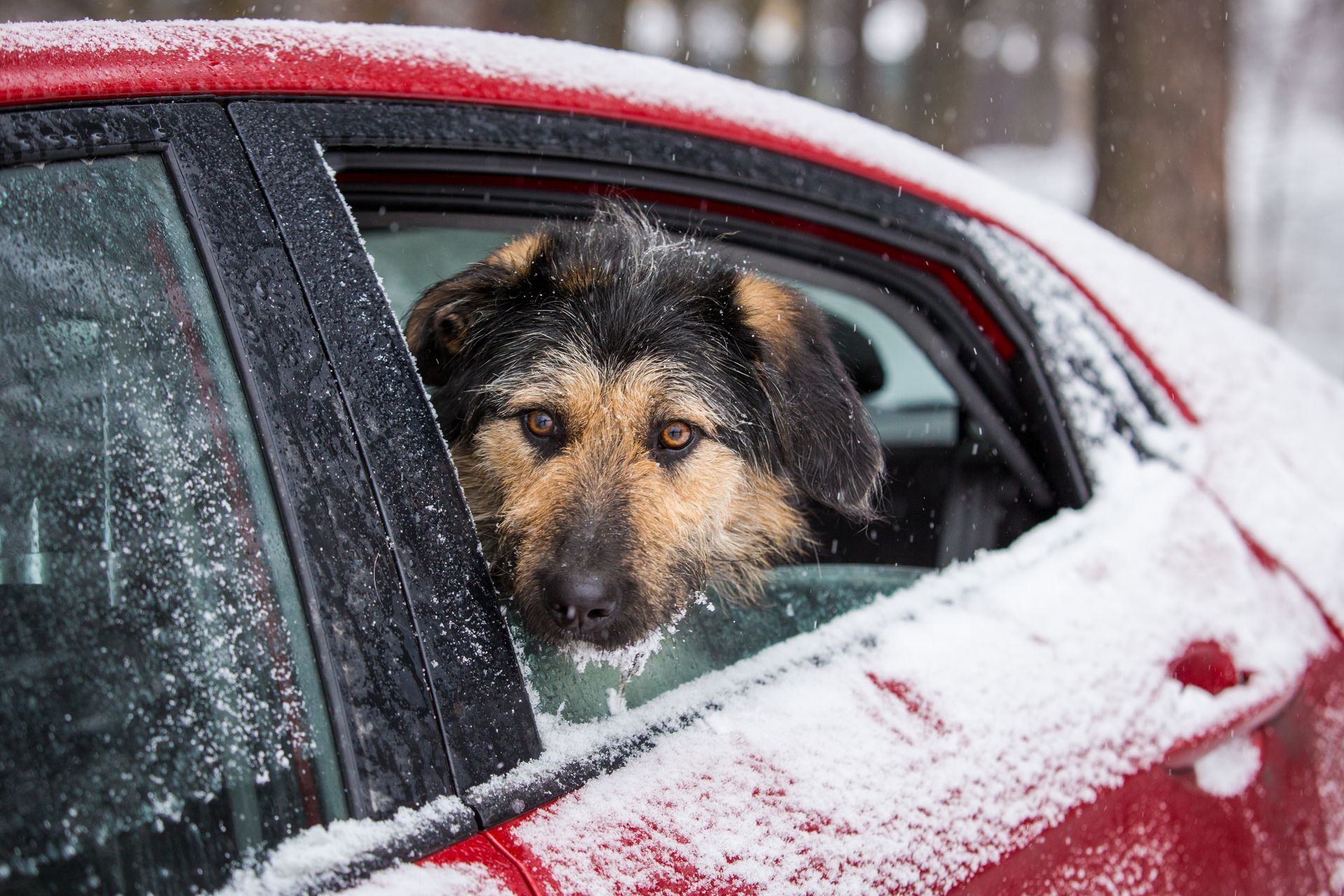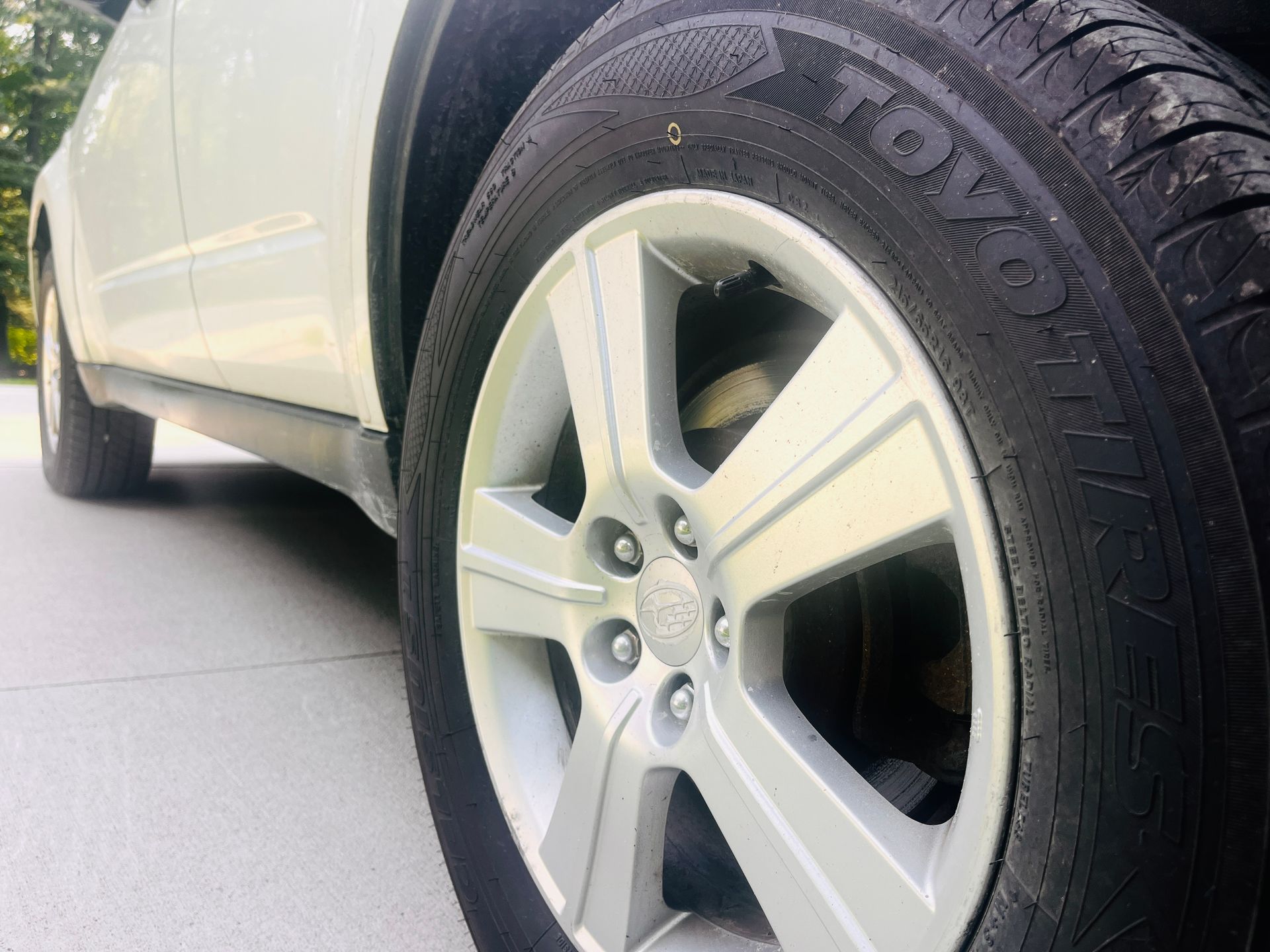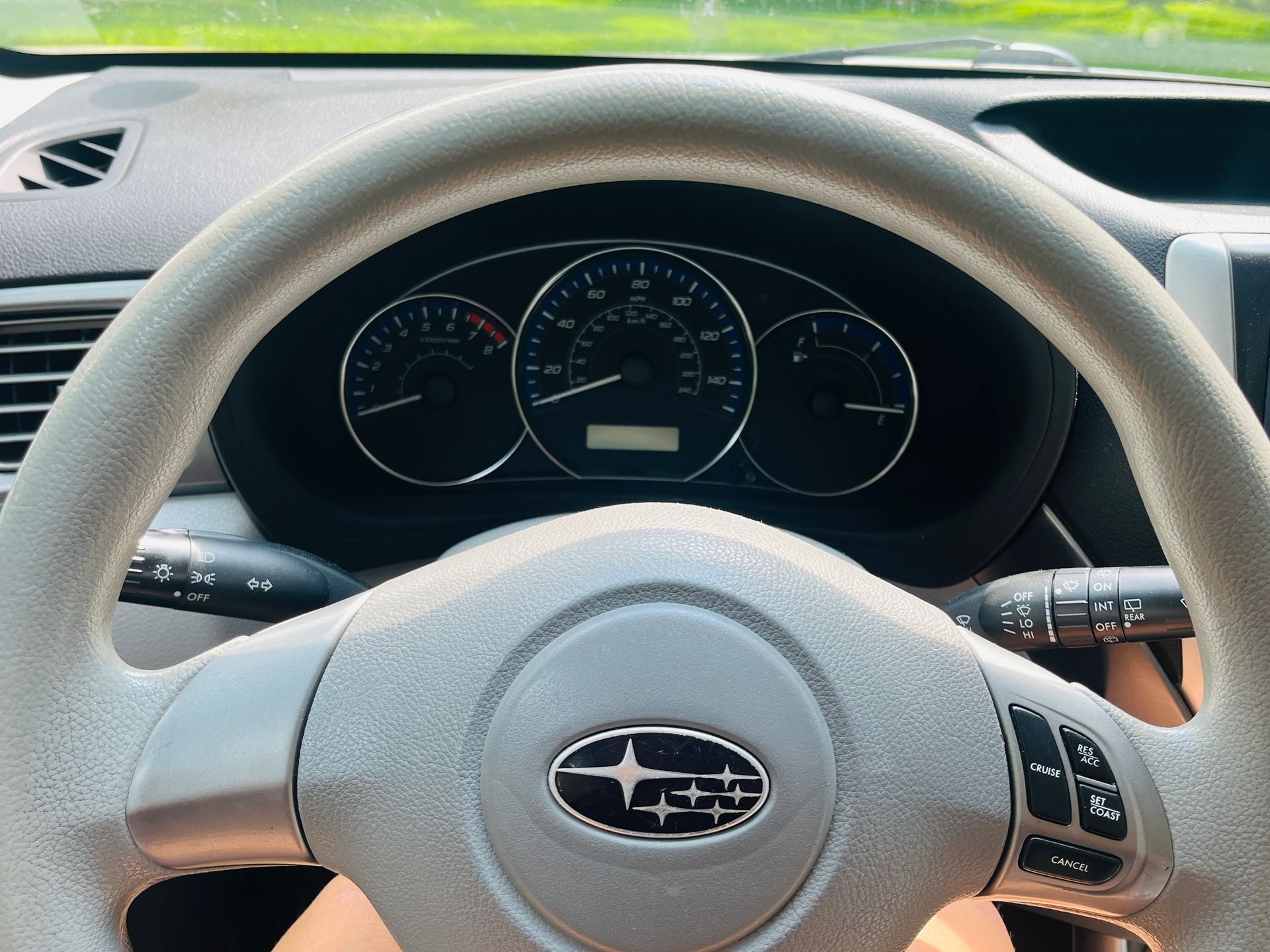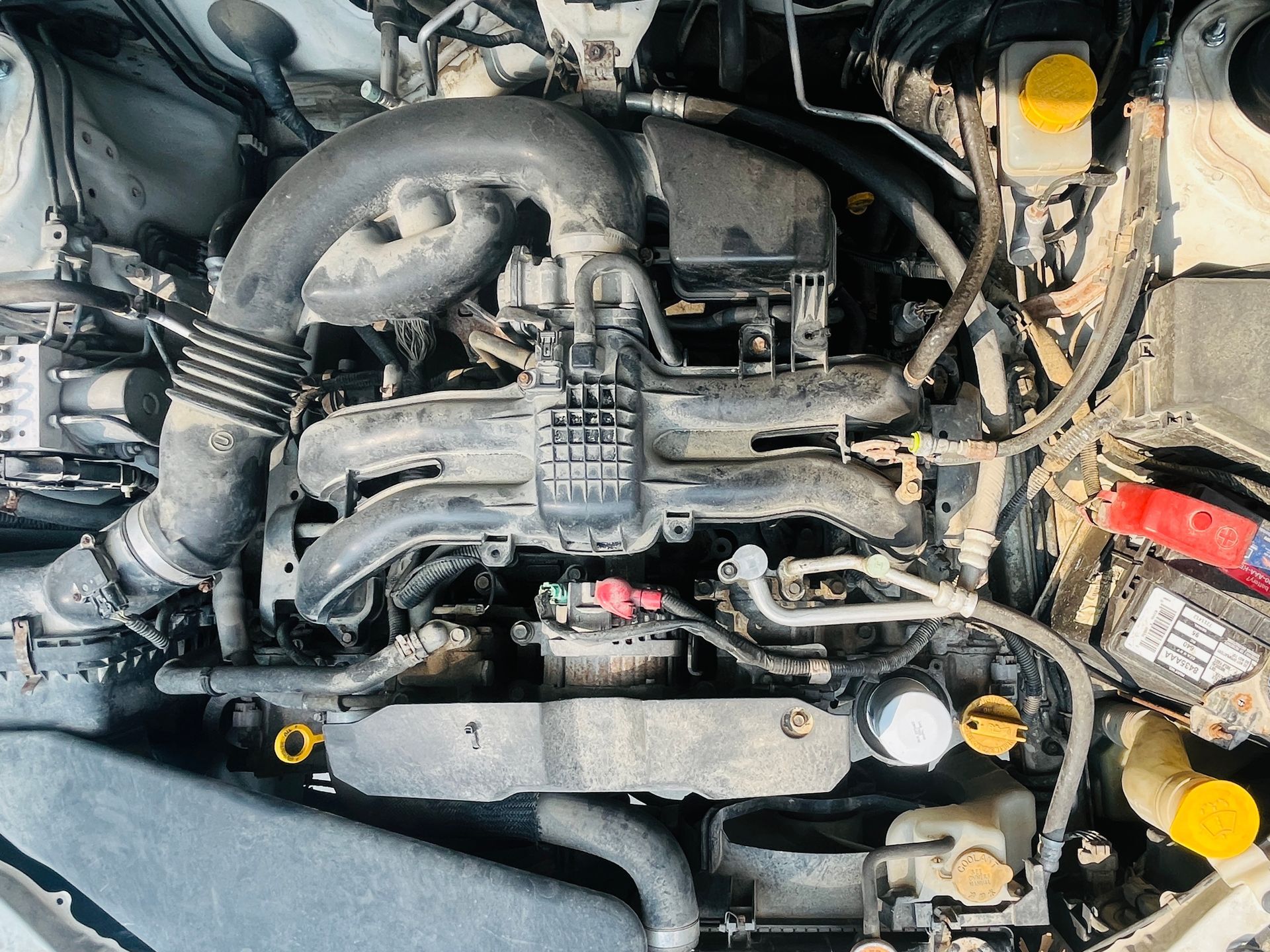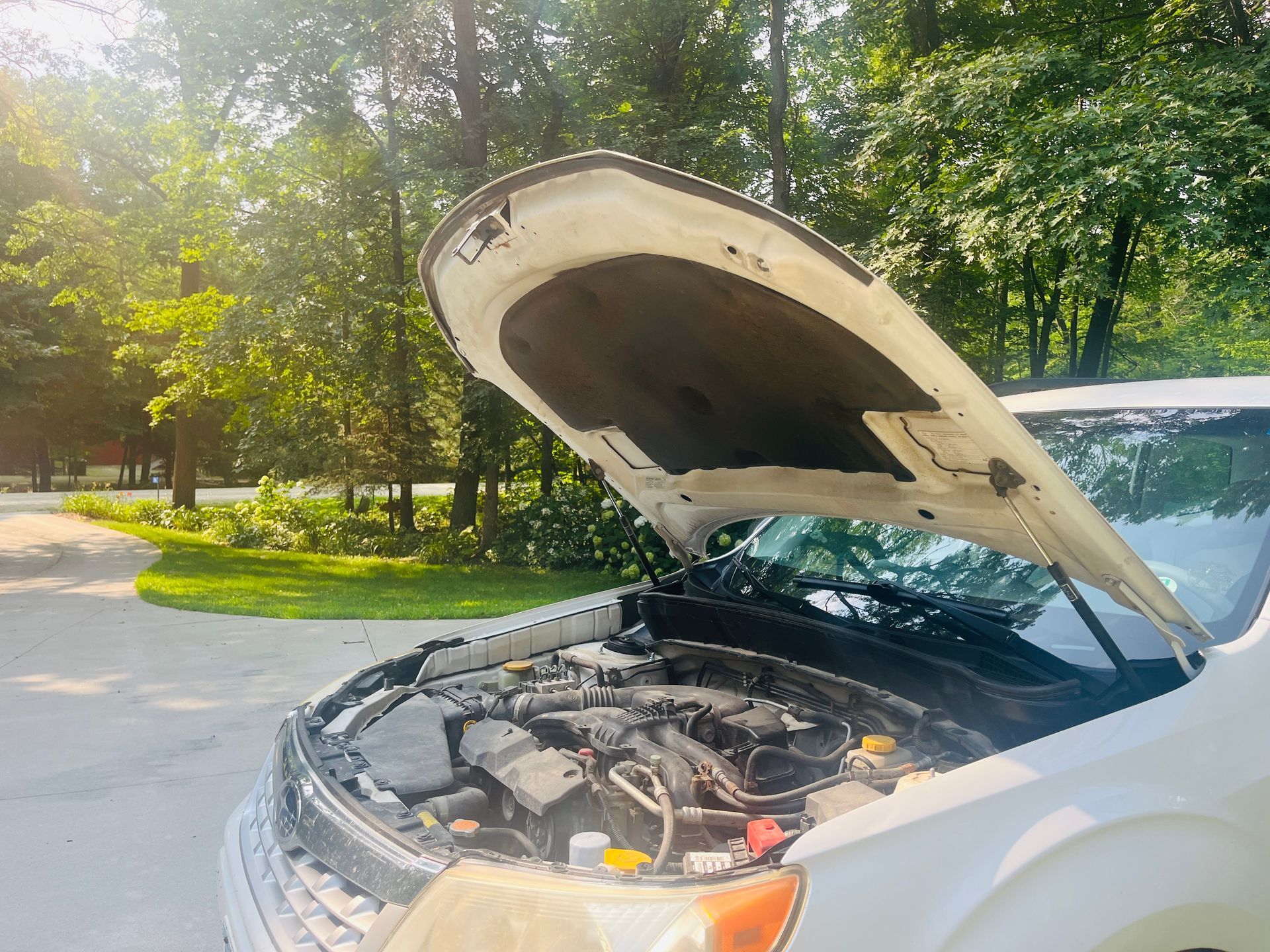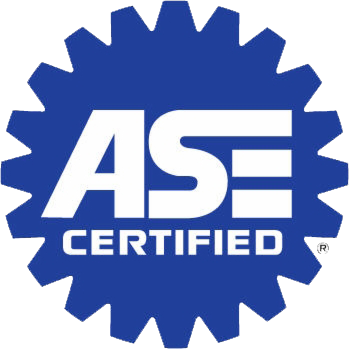Call us: (507) 226-8330
SOME US MARINE AND DEER TRIVIA FOR YOU
November 2, 2017
It takes approximately three jars of John Hardee’s BBQ sauce to fill a big Sam’s Club-sized ketchup bottle. This is likely a piece of trivia that is probably useless to you, but let me tell you why it’s important to me.
My oldest son Jake is in the US Marines. He is going on his seventh year serving and his third on US Embassy Special Security duty. He spent his first year in Mongolia, freezing his bum off and breathing in the polluted air – but donning a pollution mask if he was outside longer than five minutes. As his mom, I was thrilled to hear of this requirement after finding out that the particulate matter there is 80 times the recommended safety level set by the World Health Organization.
Jake was of the mindset that the first country he would be stationed at would be the worst – and this held true in year two when he was whisked off to one of the most beautiful places on earth: Croatia. This expectation became a disappointment when he discovered his third post, Turkmenistan, where he currently serves. It’s nestled right in the middle of Uzbekistan, Afghanistan, Iran, and the Caspian Sea.
The food, according to Jake, is absolutely horrible. And thus, the BBQ sauce. I send ketchup bottles full of sauce to him so he can slather it on his food to make it somewhat palatable.
Now let me share some useful trivia with you as we head into colder weather.
Recent mild winters in Minnesota, along with conservative hunting regulations, have increased deer numbers across our state by about 20 percent, according to the Minnesota Department of Natural Resources. We have an estimated white-tailed deer population of one million in our lovely state.
This, coupled with our slick icy roadways, make Minnesota No. 7 among all 50 states in how likely drivers are to hit a deer. Based on the increased population of deer and history of claims, State Farm calculates 1-in-74 drivers will hit a deer this year in comparison to 1-in-80 in 2016.
With this increased prediction of deer-related accidents, what can we be aware of, how can we drive more cautiously, and what should we address on our vehicles to ensure they are as safe as possible going into winter as these sweet creatures bound across our roadways?
- Deer are most frequently hit at dawn and dusk, so be especially cautious during these times. And as always, drive at safe speeds and wear your seatbelt.
- If there is one deer, chances are a few friends or relatives are nearby – so if you see one, slow down and scan for others.
- Just like we enjoy a little salt on our food for fuller flavor, our antlered friends like a little salt too! Though we use salt to make our roadways safer in snowy and icy conditions, this flavorful condiment might entice more deer from the shelter of the woods for a lick or two.
- The yellow deer crossing signs indicate a higher possibility of deer in the area. Slow down and be more alert to their possible presence when you notice a sign.
- Even if there is no sign, we should all be scanning the roadways as we drive for anything out of the ordinary. Even though we may spot one off to the side of the road, they may get spooked when your vehicle approaches and decide the best way to escape is in front of you. So slow down and be loud – go ahead and honk your horn if no other vehicles are around so you may more accurately judge which way they might go before you or other motorists get to them.
- The incredible eyes of deer were designed to help them see in low-light conditions. Because of this, they seem to “glow” in the dark and you may see their eyes before you see them. Again, be cautious as you get closer and pay attention to which direction they might flee.
- When able, use your high beams as much as possible at night, especially in rural areas.
- Don’t veer when there’s deer! Meaning, our instinct when there is an obstacle in our path is to veer away to miss it. Swerving like this can cause loss of vehicle control and possibly traveling into oncoming traffic or off the roadway.
SAFE VEHICLE
- With fewer daylight hours this time of year, pay extra attention to the parts of your vehicle that help you see. Make sure all of your lights illuminate as they should and replace bulbs as soon as they burn out. When wiper blades no longer make proper contact with the windshield surface, it’s time for replacements.
- All components of your braking system should be assessed – pads, rotors, calipers, brake fluid and brake lines. A proper braking system is best for you, other motorists and our furry friends. It could make the difference between a deer hit or a deer miss!
- Suspension components and tires need to be assessed for wear and safety (including proper tire balance, inflation, and vehicle alignment) so you are protected not only for deer season, but for the wintry roads.
- If SRS (air bag), ABS (anti-lock brakes) or Traction Control lights are on, you must assume these safety features are disabled. Have the lights assessed as soon as they come on.
- As always, it is best to address any illuminated warning lights or vehicle repairs in a timely fashion. Staying current on all maintenance will keep your vehicle healthy so it can properly take care of you in any condition.
Go forth this season as safely as you can. If you do hit a deer, move your vehicle to a safe place, call the police, and document the incident. Stay away from the animal. Before leaving, make sure your vehicle is safe to drive.
And finally, here is a nugget of information you may not be aware of: Any Minnesota resident may claim a road-killed deer after obtaining an authorization permit from a police officer. If this happens, you’ll not only have some free meat for the season, but it’ll likely be tasty enough that you won’t need the sauce I send to my son in Turkmenistan!

